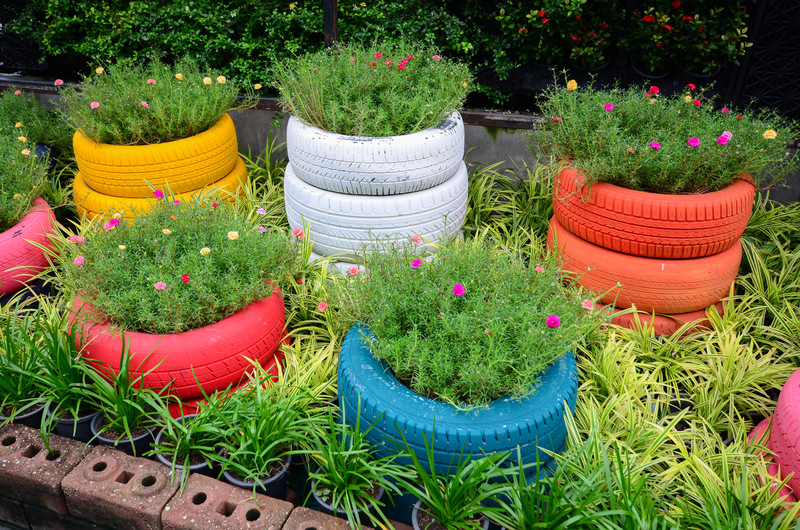Deciphering Microplastic Pollution: Actions and Impacts
Introduction
In the contemporary world, microplastic pollution has emerged as a significant environmental concern. As we delve into the intricate subjects of microplastic contamination, its far-reaching impacts, and the necessary actions required, it becomes evident that understanding this issue is crucial for crafting effective solutions. This article aims to illuminate the facets of microplastic pollution, providing readers with a comprehensive overview.

Understanding Microplastics
What Are Microplastics?
Microplastics are tiny plastic particles, usually less than 5 millimeters in diameter, that originate from various sources. They are primarily categorized into two types:
- Primary microplastics: These are purposely manufactured small plastic particles, commonly found in personal care products, industrial abrasives, and microfiber fabrics.
- Secondary microplastics: These originate from the breakdown of larger plastic items such as water bottles, bags, and fishing nets.
The pervasiveness of microplastics in our ecosystem makes them an invisible but potent threat.
Sources of Microplastics
Microplastic particles are introduced into the environment through various avenues such as:
- Textile industries: Releasing microfibers during washing processes.
- Cosmetic products: Containing microbeads used as exfoliants.
- Plastic waste decomposition: Larger plastics breaking down into smaller fragments.
- Agricultural runoff: Fertilizers and wastewater from industries.
Environmental Impact of Microplastics
Marine Ecosystems
Microplastics have infiltrated marine environments, profoundly affecting marine life. Fish, seabirds, and other marine creatures ingest these particles, mistaking them for food, leading to physiological harm and even death.
Terrestrial Ecosystems
Research points to the presence of microplastics in soil, which can disrupt the nutritional integrity of the ground and affect plant growth. This infiltration poses severe threats to terrestrial biodiversity, making it a pressing issue.
Human Health Concerns
The impact on human health, although not fully understood, is alarming. Studies suggest that microplastics in drinking water and food may enter the human body, potentially leading to health complications.
Actions Against Microplastic Pollution
Governmental Regulations
Governments worldwide have begun to implement regulations to mitigate microplastic pollution. Measures include bans on the manufacture and sale of products containing microbeads and improving waste management systems to prevent plastics from reaching the environment.
Corporate Responsibility
Corporations play a crucial role in reducing microplastic waste. Companies can innovate to create alternative materials, implement sustainable packaging solutions, and enhance recycling initiatives, thereby contributing significantly to reducing their environmental footprint.
Consumer Actions
Consumers can adopt several practices to reduce microplastics release:
- Choose products without microbeads.
- Opt for natural fibers over synthetic clothing.
- Utilize reusable containers to minimize plastic waste.
- Advocate for stronger environmental policies.

Innovations and Research in Tackling Microplastics
Scientific Advancements
Scientists are developing innovative methods to address microplastic pollution. Techniques such as the use of nanotechnology to filter microplastics from water and creating biodegradable alternatives to conventional plastics hold promise for the future.
Community Initiatives
Community initiatives for beach and river clean-ups play a vital role in tackling microplastic pollution. These efforts not only help in physically removing plastic debris but also spread awareness and engage the public in environmental conservation.
Conclusion
Deciphering the complexities of microplastic pollution is essential for fostering actionable insights and prompting systemic changes. Understanding its sources, impacts, and the steps necessary to mitigate this issue are crucial for protecting our planet and ensuring a sustainable future.
Call to Action
Join the movement to combat microplastic pollution. Every individual's effort counts. By staying informed and taking conscious actions, we can make meaningful strides toward preserving our environment for future generations.